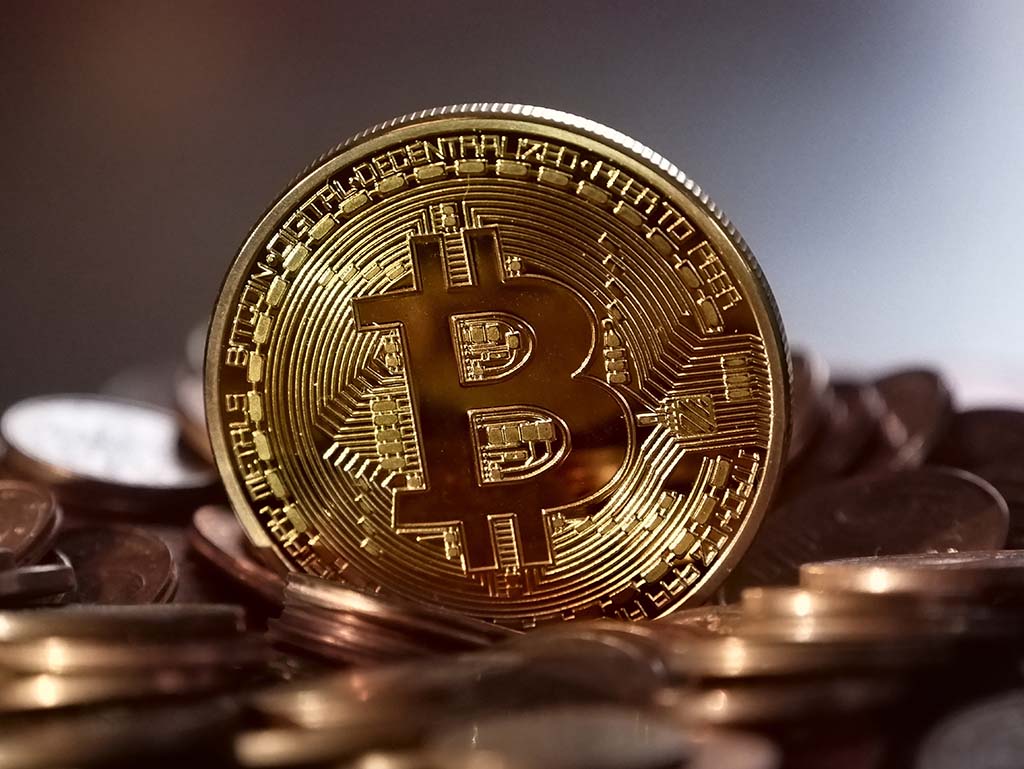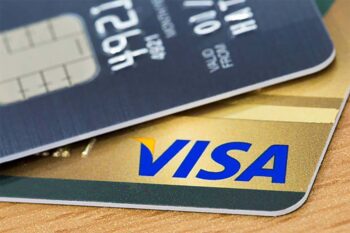As we advance further into the digital era, online payment methods have rapidly gained traction in the United States, revolutionizing the manner in which people carry out transactions and manage their finances. The expansion of e-commerce, mobile banking, and the sharing economy has fueled the demand for secure, efficient, and user-friendly payment options. Ranging from traditional credit cards to cutting-edge digital wallets and cryptocurrencies, numerous online transaction methods cater to diverse preferences and requirements. This article delves into the most prominent online payment methods in the USA, emphasizing their key features, benefits, and the rationale behind their extensive adoption. Moreover, it offers insights into the influence of these payment methods on the financial landscape and consumer behavior.
PayPal
As a prominent online payment service, PayPal enables users to effortlessly send and receive payments. Boasting a user-centric interface and widespread acceptance among retailers, PayPal has emerged as a favored option for both online shoppers and businesses. Its main benefits include buyer and seller protection, simple e-commerce platform integration, and the capacity to link several payment methods to one account.
Visa and Mastercard
As the top credit card networks in the United States, Visa and Mastercard continue to be popular choices for online payments. Their extensive acceptance, solid security measures, and diverse rewards programs make them appealing for both consumers and merchants. Furthermore, these networks ensure smooth integration with various e-commerce platforms and payment gateways.
American Express
Though not as universally accepted as Visa and Mastercard, American Express has garnered a loyal following owing to its high-end services and enticing rewards programs. The company provides an array of credit cards tailored to different spending patterns and lifestyles. Its emphasis on customer service has made it a sought-after choice among discerning consumers who appreciate a customized experience.
Apple Pay
Apple Pay, a digital wallet service, allows users to execute contactless payments using their iPhones, iPads, or Apple Watches. With seamless integration into the Apple ecosystem, Apple Pay has become popular among iOS users. Its main advantages encompass strong security features, ease of use, and the ability to store various payment methods, such as credit cards, debit cards, and prepaid cards.
Google Pay
Analogous to Apple Pay, Google Pay is a digital wallet that allows Android users to conduct contactless payments through their smartphones or other compatible devices. Google Pay’s increasing popularity stems from its compatibility with an extensive range of devices, secure transactions, and simple setup. It supports multiple payment methods, including credit cards, debit cards, and bank accounts.
Amazon Pay
Offered by the e-commerce behemoth, Amazon, Amazon Pay is an online payment service that permits users to make purchases on Amazon.com and other affiliated websites using their Amazon account credentials. The popularity of Amazon Pay arises from its seamless integration with the Amazon shopping experience and its convenience for Amazon Prime members, who enjoy added benefits such as expedited shipping and exclusive deals.
Venmo and Zelle
Venmo and Zelle are well-liked peer-to-peer (P2P) payment platforms that enable users to swiftly send and receive money. While Venmo is recognized for its social media-inspired interface and relaxed atmosphere, Zelle is preferred for its instantaneous transfers and direct integration with affiliated banks. Both platforms have become popular due to their user-friendliness and the growing trend of cashless transactions among friends and family.
Cryptocurrencies
Alternative online payment methods, such as Bitcoin and Ethereum, have surfaced in the form of cryptocurrencies. Although not as extensively accepted as conventional payment options, cryptocurrencies provide a decentralized and secure means of conducting transactions. Factors driving their popularity include reduced transaction fees, enhanced privacy, and the potential for investment returns. As more businesses and consumers become acquainted with the notion of digital currencies, it is anticipated that their adoption will further expand.

Conclusion
The United States has witnessed a significant transformation towards online payment methods as both consumers and businesses adopt digital transactions. Ranging from the convenience of PayPal and the widespread acceptance of Visa and Mastercard to the inventive features of Apple Pay and Google Pay, a multitude of options cater to various needs and preferences. At the same time, peer-to-peer platforms like Venmo and Zelle streamline personal transactions, while cryptocurrencies offer an alternative for those seeking enhanced privacy and control over their finances. As technology continues to progress, the popularity of these online payment methods is expected to rise, shaping the future of commerce in the USA.


